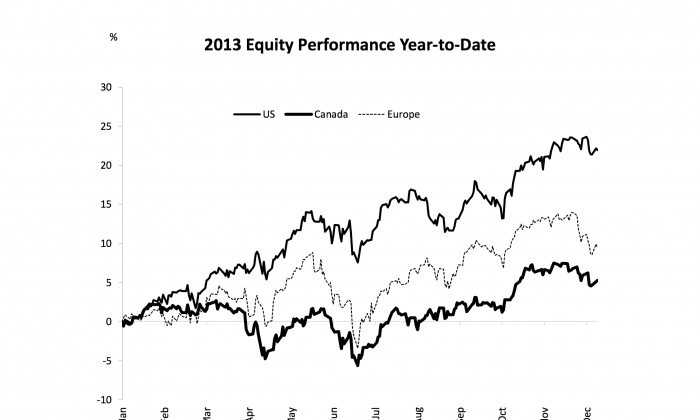Do fees matter? Of course they do!
It wasn’t always that way. When market performance is strong overall, fees don’t seem to matter (when your annual return is 12 percent or more, a 3 percent investment fee doesn’t seem like a lot).
But when performance becomes lacklustre, as it has been over the past few years, fees can make or break your expected return (an annual return of 6 percent is cut in half when the fee is 3 percent). So it makes sense to cut your investment management fees as much as possible. Here are three key strategies.
I should mention that it is possible to cut fees and still have great active management. Here are the three basic techniques I use.
1. Consolidate assets with one company
Many people spread their assets around to different managers, having, say, $70,000 at one company, $60,000 at another, and $80,000 at a third. This doesn’t make sense for many reasons—too many statements and difficulty tracking investments. Also, too many companies if in the case of RRSP money that will eventually be moved to a RRIF.
It’s far better to have one payment per month than three. In addition, you can consolidate with the best fund company or one offering high net worth (HNW) pricing on accounts over $200,000. You can go from 2.5 percent management expense ratio (MER) to 1.9 percent, which is a significant saving (about $1,200 a year on $200,000).
In a low-return environment, that will help your bottom line. It’s better to be a big fish with one company than a small fish at three or four.
2. Make sure you get value for your money
If you are paying a higher MER, monitor your investment performance to make sure the higher cost is paying off. Companies like Dynamic, Front Street, and Sentry Investments are a few that come in at the higher MER range, but at least prove that they are different from the pack with excellent stock-picking year after year.
If you don’t have the assets to get high net worth pricing, which starts at $100,000 at some fund companies, then perhaps bank funds would work well, as they seem to pass on their economies of scale. CI and Fidelity have fairly low MERs on their fund lineups.
3. Avoid DSC funds
Funds with a deferred sales charge (DSC) limit your flexibility to make changes if required. Always buy funds with 0 percent front-end load, so you can redeem (if needed) or move to another fund company without incurring additional fees.
Using these techniques should help you lower costs without sacrificing returns.
Courtesy Fundata Canada Inc. © 2014. Bruce Loeppky is a financial advisor in Surrey, BC. This article is not intended as personalized investment advice.

